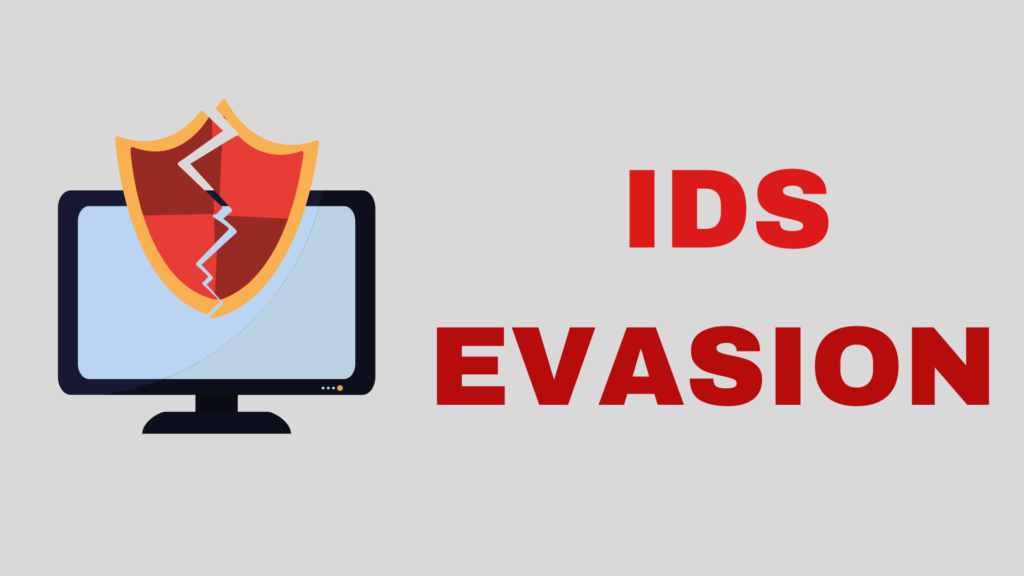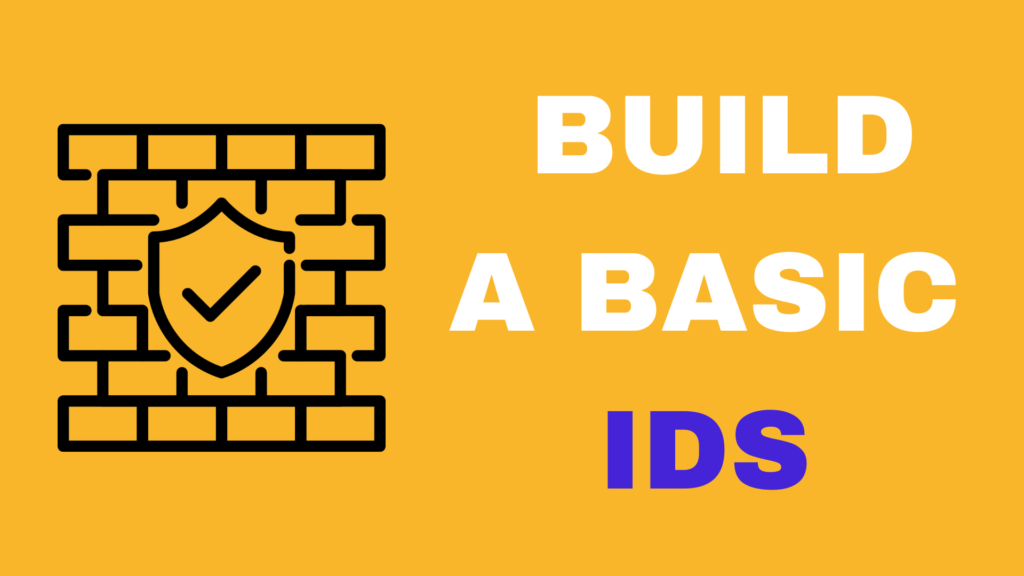Blockchain technology has gained widespread adoption in recent years due to its ability to provide a secure and transparent way to store and transfer data. However, like any technology, it is not without its vulnerabilities. It is important for businesses and individuals to understand and implement best practices for securing their blockchain systems to protect against potential threats.
One key best practice for securing a blockchain system is to use strong and unique passwords for all accounts and devices. This helps to prevent unauthorized access to the system. In addition, it is important to enable two-factor authentication whenever possible to add an extra layer of protection.
Another important aspect of blockchain security is ensuring that all software and systems are kept up to date with the latest security patches and updates. This helps to fix any known vulnerabilities and prevent exploitation by malicious actors.
It is also a good idea to regularly audit and test the security of your blockchain system. This can be done through penetration testing, in which a team of security experts attempt to exploit vulnerabilities in the system. By regularly performing these tests, you can identify and fix any potential issues before they are exploited.
In addition to these technical measures, it is important to have strong policies and procedures in place to ensure the security of your blockchain system. This includes training employees on security best practices and implementing measures such as access controls to prevent unauthorized access to sensitive data.
Another important aspect of blockchain security is the proper handling of private keys. Private keys are used to access and control blockchain accounts and assets, and it is essential to keep them secure. This can be achieved through the use of hardware wallets, which store private keys offline and provide an additional layer of security.
Finally, it is important to have a plan in place for responding to security breaches or incidents. This should include procedures for identifying and mitigating the threat, as well as a plan for communicating with stakeholders about the situation.
In summary, there are a number of best practices that individuals and businesses can implement to ensure the security of their blockchain systems. These include using strong passwords and enabling two-factor authentication, regularly updating software and systems, performing security audits and tests, implementing strong policies and procedures, properly handling private keys, and having a plan in place for responding to security breaches. By following these guidelines, individuals and businesses can protect their blockchain systems and the sensitive data they contain.
Some additional best practices:
- Use strong and unique passwords: It is important to use strong, complex passwords that are difficult for others to guess or brute force. In addition, it is best to use unique passwords for each account and device, rather than reusing the same password across multiple systems. This helps to prevent unauthorized access if one password is compromised.
- Enable two-factor authentication: Two-factor authentication (2FA) adds an extra layer of protection to your accounts by requiring a second form of authentication in addition to your password. This can include a code sent to your phone, a fingerprint scan, or a security token. Enabling 2FA can help to prevent unauthorized access to your accounts, even if your password is compromised.
- Keep software and systems up to date: It is important to regularly update your software and systems with the latest security patches and updates. These updates often include fixes for known vulnerabilities, which can help to prevent exploitation by malicious actors.
- Perform regular security audits and tests: Regular security audits and tests, such as penetration testing, can help you identify and fix potential vulnerabilities in your blockchain system. These tests should be performed by security professionals with experience in identifying and exploiting vulnerabilities.
- Implement strong policies and procedures: Strong policies and procedures can help to ensure the security of your blockchain system. This includes training employees on security best practices and implementing measures such as access controls to prevent unauthorized access to sensitive data.
- Properly handle private keys: Private keys are used to access and control blockchain accounts and assets, and it is essential to keep them secure. This can be achieved through the use of hardware wallets, which store private keys offline and provide an additional layer of security. It is also important to keep a backup of your private keys in a secure location in case they are lost or stolen.
- Have a plan in place for responding to security breaches: It is important to have a plan in place for responding to security breaches or incidents. This should include procedures for identifying and mitigating the threat, as well as a plan for communicating with stakeholders about the situation.


